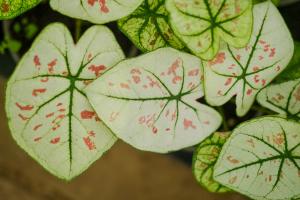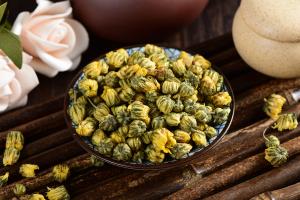Which Part of the Plant is Corn?
Corn, also known as maize, is a staple food crop around the world. It is a vital ingredient in many traditional dishes, and can be consumed in many forms, such as boiled, roasted, and ground into flour. But have you ever wondered which part of the plant is corn? In this article, we鈥檒l explore the different parts of the corn plant and their uses.
The Stalk
The stalk, or stem, of the corn plant is one of its most distinctive features. Growing up to 12 feet tall, it provides support for the corn plant and transports water, nutrients, and sugars from the roots to the developing ears of corn. The stalks of the corn plant are also used for livestock feed and as a raw material for ethanol production. In some cultures, the stalks are woven into baskets and other handicrafts.
The Leaves
The leaves of the corn plant, also known as blades, are long and slender, and grow from the stalk in an alternating pattern. They play a crucial role in photosynthesis, converting sunlight into energy that the plant can use to grow and produce corn. The leaves are also an important food source for livestock, especially during drought conditions when other forage is scarce.
The Silk
The silk, or stigma, of the corn plant is one of its most important reproductive structures. It emerges from the top of the ear of corn and captures pollen from the tassels of neighboring plants. This process, known as pollination, fertilizes the ovules on the ear of corn and leads to the formation of kernels. The silk is also used in some traditional medicines for its purported diuretic properties.
The Ears
The ears of the corn plant are perhaps its most recognizable feature. These long, cylindrical structures grow from the top of the stalk and contain rows of kernels arranged in a spiral pattern. Each ear can contain hundreds of kernels, depending on the variety of corn. The ears of the corn plant are used for everything from human consumption to livestock feed to industrial applications.
The Husks
The husks of the corn plant, also known as leaves, are the papery covering that surrounds the ear of corn. They protect the developing kernels and help to retain moisture in the ear. When the corn is mature, the husks are removed and the kernels are harvested. In some cultures, the husks are also used for wrapping food, such as tamales.
The Cob
The cob of the corn plant is the central axis of the ear, to which the kernels are attached. It is covered in a layer of tough, fibrous material known as the shuck, which must be removed before the kernels can be eaten or processed. The cob is not a significant source of nutrition, but it can be used as a raw material for ethanol production or as a source of fuel for heating and cooking.
Conclusion
In conclusion, the corn plant is made up of several distinctive parts, each with its own unique uses and properties. From the stalks and leaves to the silk, ears, husks, and cob, every part of the corn plant has a role to play in human and animal nutrition, as well as in traditional medicine and handicrafts. So the next time you enjoy a delicious ear of corn, take a moment to appreciate all of the different parts of the plant that went into making it possible.

 how many times do yo...
how many times do yo... how many planted tre...
how many planted tre... how many pine trees ...
how many pine trees ... how many pecan trees...
how many pecan trees... how many plants comp...
how many plants comp... how many plants can ...
how many plants can ... how many plants and ...
how many plants and ... how many pepper plan...
how many pepper plan...































